Choosing the Best Outsourcing Offshore Development Company
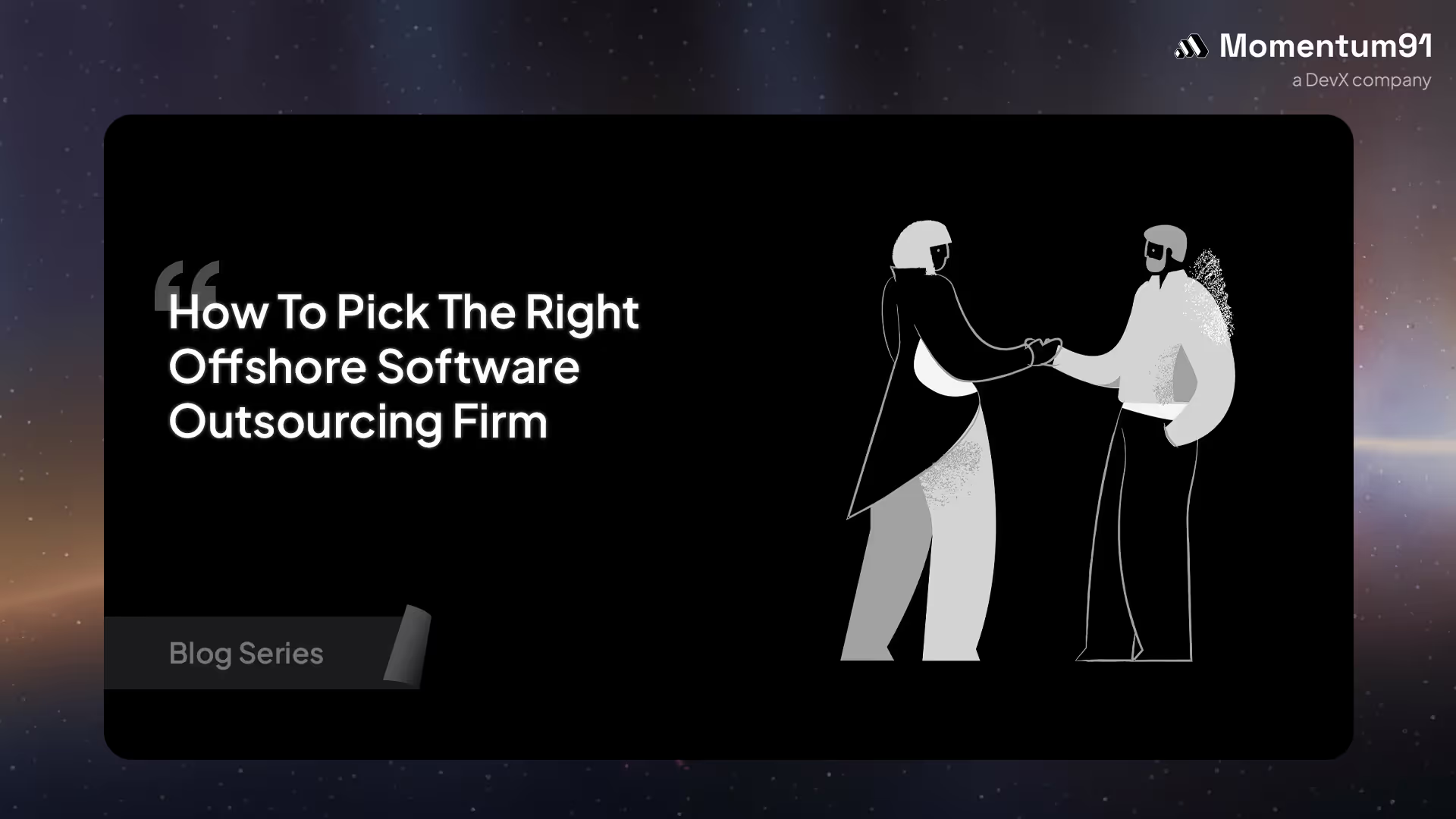
Choosing the right outsourcing offshore development company can make or break your project's success. The global offshore software outsourcing market hit $160.9 billion in 2024 and will reach $413 billion by 2033.
You're competing with thousands of businesses for the best offshore software companies. But here's the problem: most companies focus only on cost. Smart businesses look at ten key factors including vendor vetting process, security compliance, and cultural compatibility.
This guide shows you exactly how to evaluate offshore development teams and build lasting software development partners. At Momentum91, we've helped 200+ companies find their perfect offshore match using our proven framework.
1. Defining Your Outsourcing Goals and Requirements
You can't find the right outsourcing offshore development company without knowing what you need. Most businesses skip this step and wonder why their projects fail.
Start with your core features. What's your minimum viable product? Document every technical requirement, API integration, and performance benchmark. This clarity helps you spot offshore development teams that actually understand your vision.
A) Clarifying Project Scope and Deliverables
Write down your must-have features versus nice-to-have additions. With 80% of companies adopting low-code platforms by 2030, specify which parts need custom development. Software development partners need this roadmap to give accurate estimates and timelines.
B) Setting Budget and Timeline Constraints
Offshore software outsourcing cuts costs by 50-60%, but hidden expenses add up. Factor in compliance costs, security certifications, and communication overhead - typically 5-10% of your total budget.
Prioritizing Technical Expertise vs. Cost Savings
Here's the reality: 74% of employers struggle to find skilled developers. You're not just buying cheaper labor - you're accessing specialized skills. Balance your budget against expertise in AI, blockchain, or cybersecurity.
These skills command premium rates even offshore.Now that you know what you want, let's examine how to evaluate vendor capabilities.
2. Evaluating Vendor Expertise and Track Record
Don't trust vendor marketing materials. You need hard evidence of their capabilities and results. India leads with 5.8 million developers, but numbers don't guarantee quality. Vietnam's tech sector grows 8.9% annually, while Eastern Europe offers established IT hubs. Location matters less than proven expertise.
A) Assessing Industry Experience and Case Studies
Look for the best offshore software companies with direct experience in your industry. BFSI drives 30.29% of IT outsourcing because regulations matter. Ask for specific case studies showing similar project complexity, technology stack, and compliance requirements.
B) Verifying Technical Certifications and Partnerships
Check certifications in modern frameworks like cloud platforms, DevOps practices, and agile collaboration frameworks. Examine partnerships with major technology vendors and their CI/CD tool expertise.
Checking Client References and Testimonials
Call recent clients directly. Ask about communication effectiveness, sprint delivery consistency, and post-deployment support. Verify retention rates and knowledge transfer processes.
Next, let's break down the different outsourcing contracts and pricing models.
3. Comparing Cost Models in Offshore Software Outsourcing
Outsourcing contracts vary widely in structure and risk allocation. Your choice affects project flexibility, budget predictability, and vendor accountability when working with an outsourcing offshore development company.
Eastern Europe offers competitive rates: Junior Engineers cost $900-$2,100 monthly, while Senior Engineers range $4,400-$6,100. Asia Pacific spans $1,900-$9,200 monthly depending on location and expertise. The cost-quality balance varies significantly across regions.
A) Time & Materials vs. Fixed-Price Contracts
Most software development partners offer both models, but each serves different project types:
- Time & Materials: Best for evolving scopes, MVP development, and projects using agile collaboration frameworks
- Fixed-Price: Ideal for well-defined projects with stable requirements and clear deliverables
- Hybrid Models: Combine both approaches - fixed price for core features, T&M for enhancements
- Milestone-Based: Fixed price per sprint or development phase with regular checkpoints
Offshore software outsourcing works best with Time & Materials for flexibility. Fixed-price contracts provide budget certainty but limit scope changes during development.
B) Value-Based Pricing and ROI Metrics
Value-based pricing aligns vendor incentives with business outcomes. Define clear KPIs including time-zone alignment and defect rates.
Hidden Costs: Language, Infrastructure, and Turnover
Budget 5-10% extra for communication protocols, infrastructure setup, and potential developer turnover. These costs hit hardest during initial project phases.
Before signing any contract, you need to verify security compliance standards and capabilities.
4. Ensuring Security and Compliance with Your Outsourcing Offshore Development Company
Security compliance can make or break your partnership. Data breaches cost US companies $9.44 million on average in 2022. You can't afford to work with an outsourcing offshore development company that treats security as an afterthought.
Every outsourcing offshore development company must meet strict standards, especially for enterprise clients who demand proven security compliance frameworks. Offshore software outsourcing requires robust protection measures.
A) Data Protection Standards and Certifications (ISO, SOC 2)
Verify your software development partners hold current ISO 27001 certification and SOC 2 Type II attestation.
These standards share 80-96% overlapping controls. ISO 27001 focuses on comprehensive information security management, while SOC 2 emphasizes operational controls for service providers. Check their technical expertise evaluation processes.
B) Intellectual Property and NDA Enforcement
Establish robust IP protection through comprehensive NDAs and data processing agreements. Verify vendor vetting process for protecting client source code and proprietary information.
C) Regulatory Compliance: GDPR, CCPA, HIPAA
Confirm vendor expertise in relevant regulatory frameworks. Healthcare projects need HIPAA compliance. EU markets require GDPR compliance with privacy-by-design practices. Strong security foundations enable effective communication protocols and collaboration frameworks.
5. Assessing Communication and Collaboration Standards

Communication protocols determine project success or failure. Poor communication kills 57% of offshore projects before completion.
Agile collaboration frameworks require constant interaction between your team and offshore development teams. You need systems that work across time zones and cultural differences.
A) Time-Zone Overlap and Response SLAs
Establish minimum 3-4 hour daily overlap for real-time collaboration. Define response time SLAs: immediate for critical issues, 4-hour for urgent matters, 24-hour for routine communications. Your outsourcing offshore development company should guarantee these standards.
B) Agile Frameworks and Sprint Planning
Evaluate vendor experience with Scrum, Kanban, and Extreme Programming. They must integrate with your existing sprint cycles and participate in daily standups. Software development partners need proven agile collaboration frameworks.
C) Tools for Real-Time Project Tracking
Verify your outsourcing offshore development company uses these essential tools:
- Project Management: Jira for sprint tracking, Trello for visual workflows, Asana for task management
- Communication: Slack for instant messaging, Microsoft Teams for video calls and file sharing
- Code Collaboration: GitHub for version control, GitLab for CI/CD pipelines
- Documentation: Confluence for knowledge sharing, shared dashboards for progress monitoring
Offshore software outsourcing requires transparent project visibility across all development phases. Effective communication protocols set the stage for cultural compatibility and team integration.
6. Cultural Compatibility and Team Integration
Cultural compatibility affects project success more than most companies realize. 68% of US companies outsource to low-cost countries, but cultural misalignment causes 40% of project failures.
Your outsourcing offshore development company needs to mesh with your work style, communication preferences, and business values.
A) Language Proficiency and Work Ethic
Test English proficiency through direct interviews with proposed team members. Focus on technical communication skills and complex concept articulation. Evaluate work ethic alignment including attitudes toward deadlines, quality standards, and collaborative problem-solving.
B) Management Style and Decision-Making Processes
Examine vendor management hierarchy and decision-making authority. Understand escalation procedures and determine who makes project decisions without multiple approval layers. Offshore development teams should align with your organizational culture.
C) Onsite Visits and Team-Building Initiatives
Plan virtual team-building sessions to establish connections. Budget for periodic face-to-face meetings during project kickoff phases. Cross-cultural training builds team cohesion across boundaries.
7. Scalability and Long-Term Partnership Potential
Scalability options separate good vendors from great ones. Your business will grow, and you need offshore development teams that can grow with you.
Pod-based development structures show success in distributed environments. Teams can scale up 200-300% without losing institutional knowledge or project momentum.
A) Flexible Team Expansion and Skills Ramp-Up
Evaluate vendor ability to scale teams based on project demands. Assess their talent pipeline and recruitment capabilities for specialized skills including AI, blockchain, and cybersecurity expertise. Your outsourcing offshore development company should provide average ramp-up times for new members.
B) Retention Rates and Knowledge Transfer
Review vendor employee retention statistics and knowledge management practices. High turnover disrupts project continuity and increases costs. Examine documentation standards and code review processes.
C) Exit Strategies and Transition Planning
Establish clear exit strategies including code ownership transfer and documentation handover. Define data return procedures and IP transfer protocols. Software development partners should provide smooth transition planning.
How Momentum91 Is the Best Outsourcing Offshore Development Company
Momentum91 brings together deep AI, development, and design expertise to help you scale outsourcing offshore development company partnerships quickly and efficiently. With 8 years of experience, a global infrastructure spanning 25 centers and 11 cities, and a talent pool of 13,000+ people, we deliver embedded, full-stack teams that feel like your own.
We move fast, with 95% of offshore development teams going live in under ten weeks. We cover everything from offshore software outsourcing PoC development to software roll-outs and UX strategy.
Key Strengths:
- AI-First Thinking: Innovation begins with thoughtful technical expertise evaluation integration
- End-to-End Development: From concept to delivery, we cover all phases of vendor vetting process
- Full-Stack Execution: Engineers, designers, and product minds embedded in your software development partners vision
- Embedded Product Teams: Offshore development teams work as if they're onsite with complete cultural compatibility
- Scalable Talent: Rapid team building powered by India's most reliable partner networks for long-term partnership models
Momentum91 transforms outsourcing offshore development company selection into impactful, scalable partnerships.
Conclusion
Outsourcing offshore development company selection overwhelms most businesses. You're juggling cost comparisons, vendor vetting process complexity, security compliance requirements, and cultural compatibility concerns. Add communication protocols and agile collaboration frameworks to the mix - it becomes impossible.
Poor vendor choices lead to project failures, budget overruns, and security breaches. Your competitors gain market advantage while you struggle with misaligned offshore development teams. Time-to-market delays kill product launches.
Smart companies don't navigate this alone. Momentum91's proven framework eliminates guesswork from offshore software outsourcing. Our technical expertise evaluation process, combined with long-term partnership models, ensures you find software development partners that deliver quality and innovation.
Connect with Momentum91 today to transform your outsourcing offshore development company search into a strategic advantage.
FAQs
1. What is the most important factor when choosing an outsourcing offshore development company?
Technical expertise evaluation trumps cost considerations. With 86% of business leaders prioritizing service quality in 2024, your outsourcing offshore development company must demonstrate proven track records, agile collaboration frameworks, and industry-specific experience. Quality software development partners deliver consistent results using modern development practices.
2. How do I verify an offshore vendor's security and compliance standards?
Request current ISO 27001 and SOC 2 Type II certifications from potential offshore development teams. Both standards share 80-96% overlapping controls for comprehensive security compliance. Conduct virtual audits and ensure NDAs cover GDPR, CCPA regulations. Your outsourcing offshore development company should demonstrate robust data protection protocols.
3. What contract model works best for offshore software outsourcing?
Time & Materials suits evolving scopes and agile collaboration frameworks, while Fixed-Price works for stable requirements. Consider hybrid models combining both approaches. Offshore software outsourcing requires flexibility for scope changes. Factor 5-10% additional costs for communication protocols and coordination overhead across distributed teams.
4. How can I ensure effective communication with my offshore development team?
Establish 3-4 hour daily overlap for real-time collaboration using communication protocols. Set clear SLAs: immediate response for critical issues, 4-hour for urgent matters. Your software development partners should use integrated tools like Slack, Jira, and video conferencing for transparent agile collaboration frameworks implementation.
5. What should I look for in vendor cultural compatibility assessments?
Evaluate English proficiency through direct technical interviews with proposed offshore development teams. Assess work ethic alignment, decision-making styles, and management approaches. Cultural compatibility significantly affects project success rates. Conduct pilot projects to gauge team dynamics before committing to long-term partnership models with your chosen vendor.
6. How do I plan for scalability and potential project expansion with an offshore partner?
Review vendor employee retention rates, average ramp-up times, and knowledge transfer processes. Include contract clauses for flexible team resizing and clear exit strategies. Assess scalability options including pod-based development structures. Your outsourcing offshore development company should provide smooth transition planning and IP transfer protocols for sustainable growth.
The inbox update you’ll never want to skip
A quick catch-up with ideas, wins, and tips worth stealing, straight to your inbox every week.
The easiest way to reach us.
Share your details and we’ll get back within 24 hours.
Blogs
A plethora of insights,all in one place
From strategy to execution. All the big ideas, practical guides & fresh perspectives that’ll help you scale with confidence
Ebooks
Comprehensive guides that break down the shifts in business and technology, Helping you lead with clarity.

Office Hours
Your direct line to our experts. Practical advice for scaling, right when you need it.

Reports
Data-backed perspectives on where industries are headed, giving you the foresight to make bolder moves.
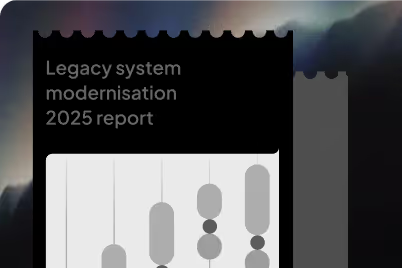
Newsletter
A quick catch-up with ideas, wins, and tips worth stealing, straight to your inbox every week.
.avif)
Podcasts
Conversations where you get to know everything from the ones who know it best.
.avif)
Your Offshore Development Center, Done Right
Access top-tier global talent, enterprise infrastructure, and complete regulatory compliance through our proven model.
Start Now




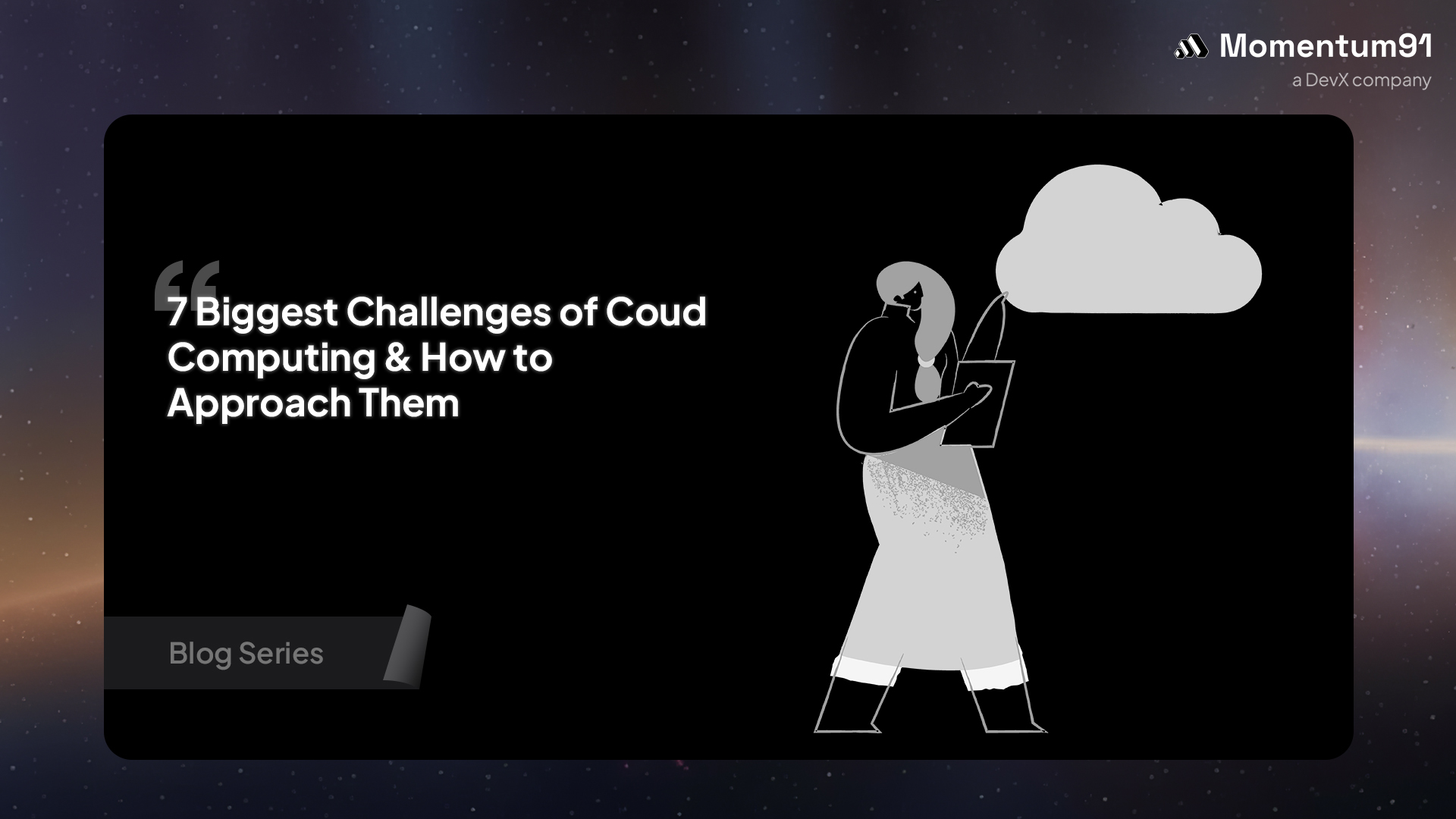
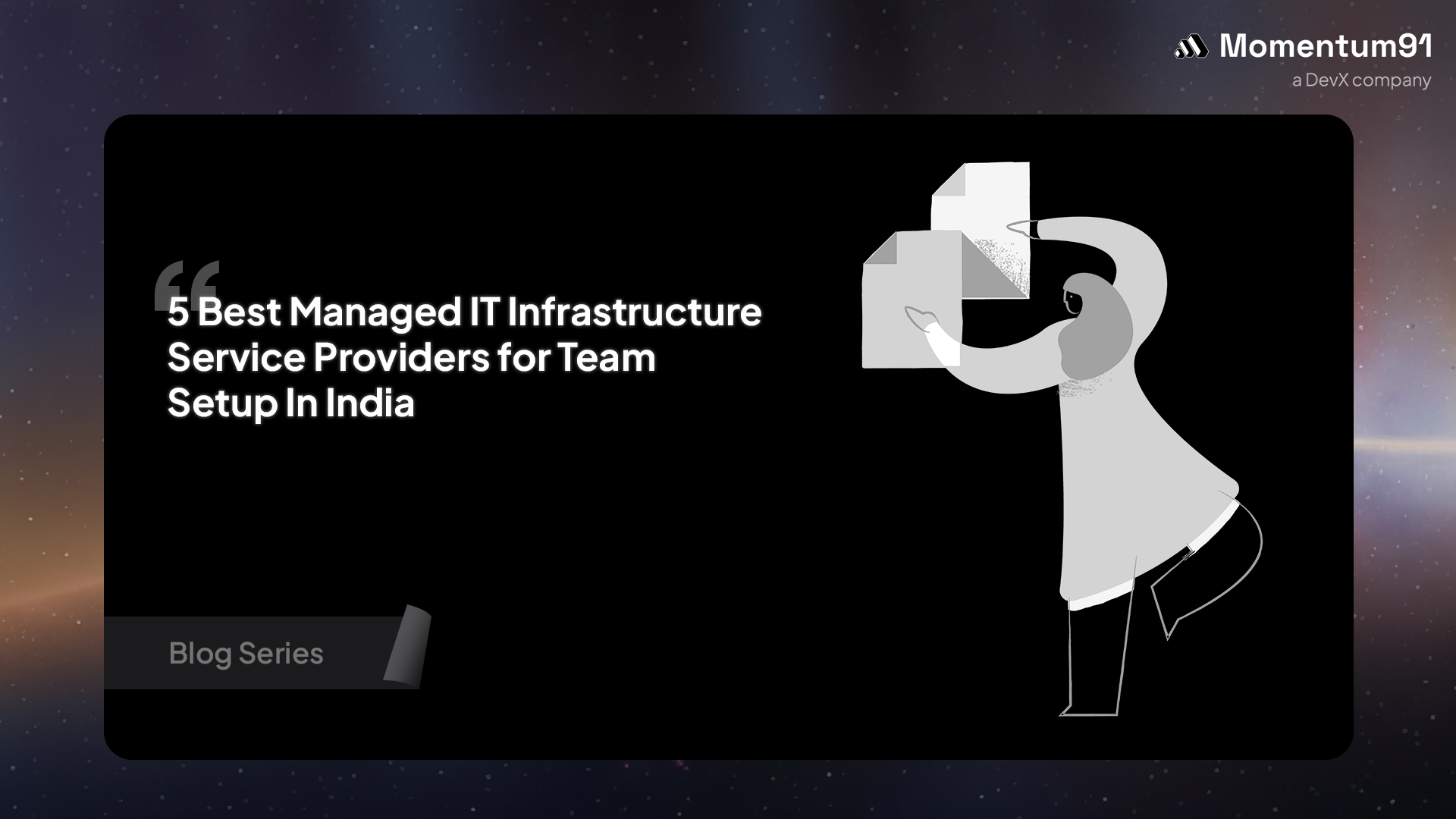
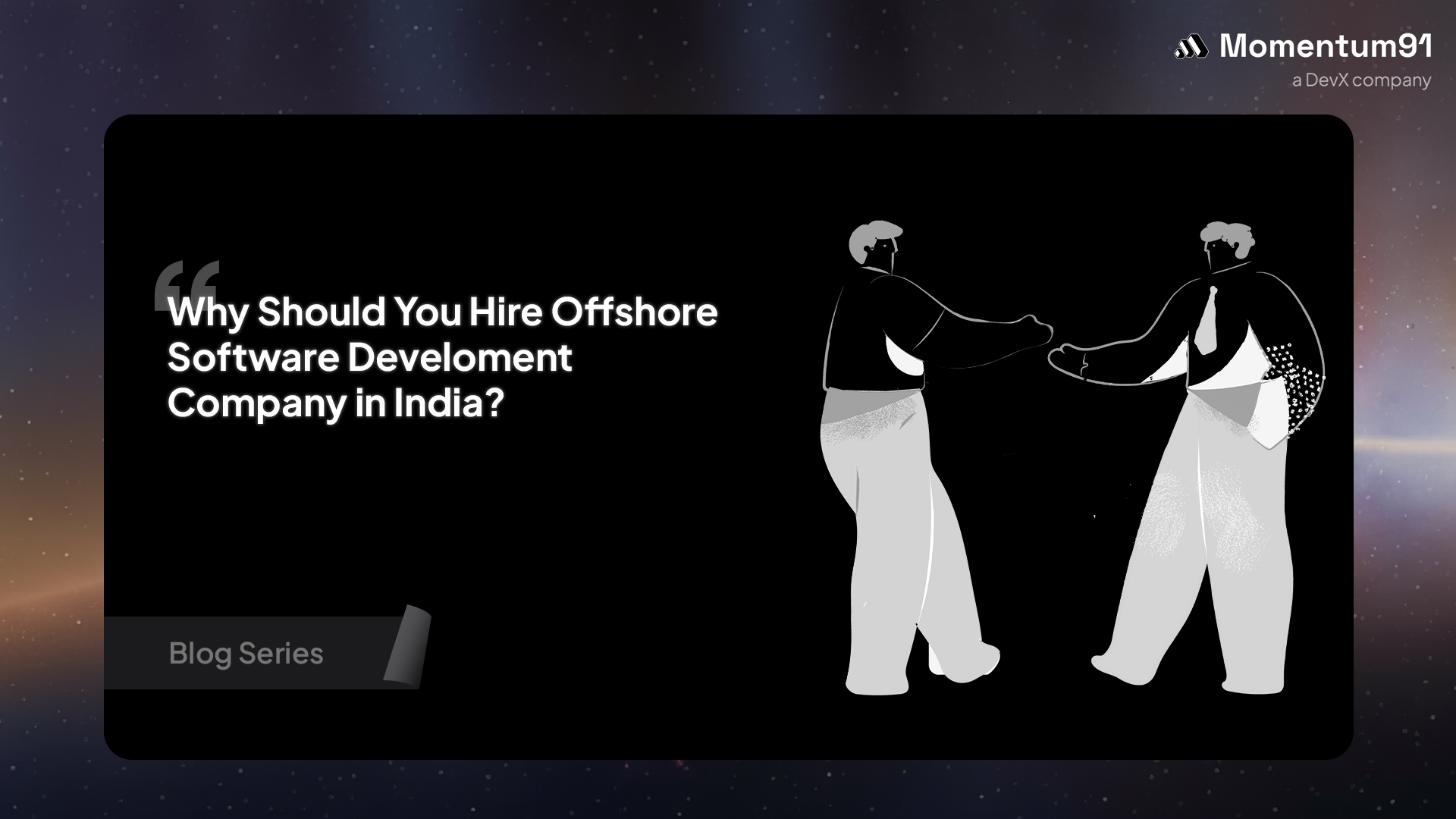
.jpg)
